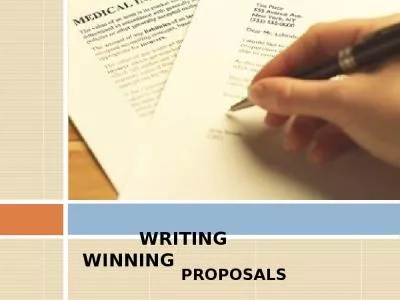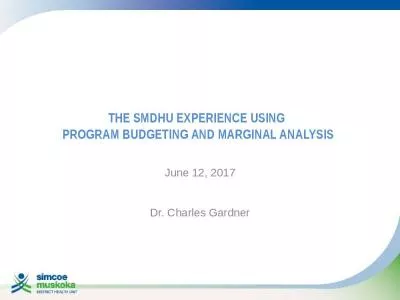PPT-Writing grant proposals:
Author : yoshiko-marsland | Published Date : 2016-04-29
an overview Doug Levey Dept Biology Take home messages Start small but above all start Proposal writing is a skill requiring practice Dont be afraid of failure
Presentation Embed Code
Download Presentation
Download Presentation The PPT/PDF document "Writing grant proposals:" is the property of its rightful owner. Permission is granted to download and print the materials on this website for personal, non-commercial use only, and to display it on your personal computer provided you do not modify the materials and that you retain all copyright notices contained in the materials. By downloading content from our website, you accept the terms of this agreement.
Writing grant proposals:: Transcript
Download Rules Of Document
"Writing grant proposals:"The content belongs to its owner. You may download and print it for personal use, without modification, and keep all copyright notices. By downloading, you agree to these terms.
Related Documents

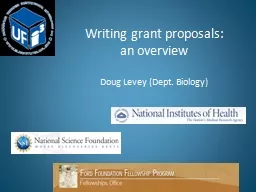

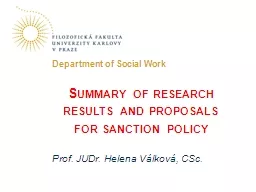

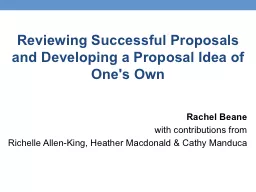


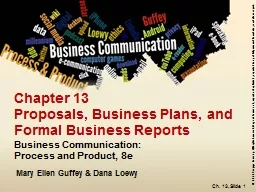
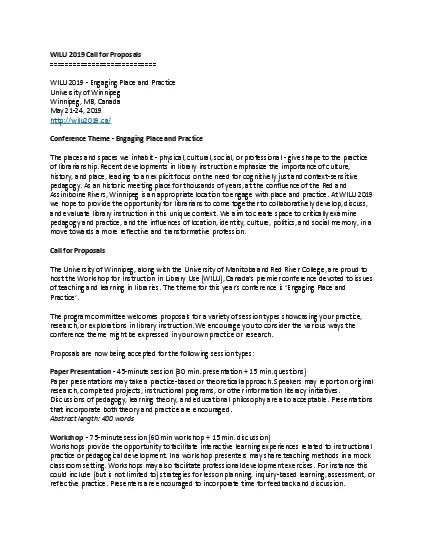
![[DOWNLOAD] - 180 Days of Writing for Kindergarten - An Easy-to-Use Kindergarten Writing](https://thumbs.docslides.com/901444/download-180-days-of-writing-for-kindergarten-an-easy-to-use-kindergarten-writing-workbook-to-practice-and-improve-writing-skills.jpg)
![[READ] - The Only Writing Series You\'ll Ever Need - Grant Writing: A Complete Resource](https://thumbs.docslides.com/905612/read-the-only-writing-series-you-ll-ever-need-grant-writing-a-complete-resource-for-proposal-writers.jpg)

